Sorry for the awkward placement, but I’m going to place my info right here as I fear this going to become a very lengthy topic.
Server name: [Europe] Fedimian.
Family name: Wurmheart.
Introduction:
I’ve been wanting to do a proper analysis and explanation of how cleric skills exactly function for a while now and given how much the descriptions have improved I figured this would be the best time to do so. As it isn’t as likely to drive me batshit insane.
As such, this is solely about how Cleric skills mechanically work. To the smallest tidbits of information, from damage types, faulty descriptions, unmentioned details, hidden synergies, unintended side-effects, quantifying values and generally trying to give the most information possible for everyone to get the best understanding of these skills.
I also don’t know enough about the other classes, so I’ll just focus on what I do know.
I will not be going into detail as for how you should spend your skill points here, what equipment would be ideal (though I will point which types of stats certain skills benefit from or ignore) or how to build a cleric. I’ve already largely tackled that in the cleric thread, and to leave some room open for detailed class guides from others as well.
But, this is a fairly lengthy topic, that still requires quite a bit of research from my side. So sadly, it won’t be complete for quite a while, and likely be incomplete as not all information is available to us.
And of course, I do make mistakes. So try to be critical, and don’t hesitate to ask questions.
Unfortunately, I can’t start just yet.
I need to go over specific broad mechanics and terms first to streamline it in such a fashion that I don’t constantly repeat myself or at least make it clearer what I’m describing.
Mechanics:

The New party targeting mechanic:
New since Re:Build, the party targeting is a new way of directly buffing or healing a party member of your choosing.
And while it is fairly simple, let’s just re-iterate how it works:
- Press the skill key twice to cast said effect on yourself.
- Press the skill key + press and let go off the directional input to target party members. Up is the first member, Left is 2nd, 3rd is down and 4th is right.
- But keep in mind that said numbering only counts the players in that map,
- The targeting mechanic can be canceled by pressing spacebar (jump button) or Escape while the wheel is up.
- Currently has infinite range.
- Cleric skills which use this mechanic are Heal, Resurrection, Healing Factor and Ein Sof.
Critical chance in rebuild:
I highly advise you to simply read this Reddit thread from Habar414: https://old.reddit.com/r/treeofsavior/comments/aixejc/how_crits_works_in_rebuild
This explanation sheds some light on how important crit rate, crit res, and crit chance modifiers are from skills.
Elemental types:
Perhaps not the most necessary info for a guide like this, but I do want to remind people of the values of said bonuses and penalties. See @fabricio_polo’s excellent guide on it here:
https://forum.treeofsavior.com/t/submit-damage-types-and-elements-basic-guide
And keep in mind that these post defense modifiers that typically act as multipliers to everything else. Some exceptions do exist like the Freeze, Petry, and Curse state bonus effects but those are currently disabled till IMC rework them. Assuming they don’t forget them.
Monster stat factors:
Chortasmata and Judgement are conversion skills, which mean they change the race of an enemy and thus also their relevant stat factors. (Or at least Judgement will do so when it gets its bugfix…)
As far as I know, this is still the most up to date list on said factors but I’m still missing the exact bonuses bosses get none the less.

Keep in mind that to calculate an altered stat, like say demon to plant crit res won’t just multiply the value by 2. (2 / 0.7 = x2.9, so it would be a 2.9 multiplier if rounded up)
Buff ranks:
Buffs still have ranks that determine how easy they are to remove.
As far as I’m aware, only r1 buffs can get removed by Gohei at the moment, but the other base class may still have other ways to remove buffs.
- Rank 99 = Kagura, Mass Heal, Heal, Heal: Linger, Out of Body, Double Punch, Foretell, Sanctuary, Aukuras: debuff reduction, Indulgentia, and Daino.
- Rank 3 = Omikuji, Lycanthropy, Seed bomb, Sterea Trofh*, Engkrateia, Gregorate, Koinonia, Beak Mask, Healing Factor, Fumigate, Methadone, Beady Eyes, Invulnerable, Fanatic Illusion, Blind Faith, Immolation, Tree of Sepiroth, Fanaticism, Merkabah, Ein Sof and Revenged Sevenfold.
- Rank 2 = Discerning Evil, Guardian Saint, Fade, Counterspell, Arcane Energy, Omikuji, Carnivory, Chortasmata’ and Sterea Trofh*
- Rank 1 = All the rest.
Debuff Ranks:
Debuff ranks are a more used mechanic however as debuff removal and prevention skills directly state on which rank they work.
Beak Mask prevents r3 and lower, methadone and Onamori charms prevent r2 and lower while Dispeller scrolls and Prophecy prevent r1 debuffs.
Fumigate removes r3 debuffs and lower, while Cure and Gohei remove r1 debuffs.
- Rank 999 = Zombify
- Rank 99 = Twist of Fate, Rubric’s movement speed debuff and Hole of Darkness.
- Rank 10 = Scan, Shield Down(???), Raise and Gravity Pole.
- Rank 3 = Kagura, Incinerate, BDS, Immolation (melt + dot), Judgement, Iron Maiden, Blind Faith crit boost, Malleus Maleficarum (both effects), Hamaya and Velcoffer Sumazinti debuff,
- Rank 2 = Chortasmata’s Rash, Thorn, ABE dot, Growling, Hounding, Hexing and Blood Bath.
- Rank 1 = Far too many to name tbh. See specific skill pages instead.
Summon mechanics:
Summons, and for us Carnivory and Carve Owl atm, have specific rules and mechanics that are not shared with other skills.
- Summons do not use your additional property damage, additional property attack, bonus damage or +% damage buffs.
- Summons, however, do benefit from +x% damage debuffs on enemies.
- Summons are of course affected by Spr’s Minion dmg bonus. ((Spr / ( LvL 1 + 1 ))
- Summons are usually considered allies, but not party members.
- Summons generally inherit only a portion of your weapons matk only. But Carve Owl ignores that and just scales of all matk instead.
The new Crit attack, or Crit damage, no the other thing…:
Essentially +x% Crit attack buffs from Zalciai and Sterea Trofh are soon to be renamed into +x% Crit damage buffs.
But most confusingly these don’t solely improve your crit attack stat, nor did they multiply your total crit damage either.
They’re something new, something in-between. And I can’t quite yet figure out how exactly they work, or if zalciai and sterea trofh are just bugged.
- It only seems to apply half of the stated damage.
- It is however multiplicative with +x% damage and elemental types both.
- It does not seem to be affected by enemy defenses.
- But it does seem to scale off weapon attack at the very least as unequipping my weapon would lower the multiplier even more…
Target count mechanics:
There are at least four different ways skills dictate how many enemies or even allies will be hit by said effect.
-
Some skills simply hit everything in their respective area of effect, these are simply not mentioned ingame but I will try to list these as [ No target limit ]
-
"Target limit: x " which simply means a skill can only hit that many enemies or allies per cast, or per hit if it’s an ongoing effect. These are not always mentioned ingame, and I will also refer to them as [ Target limit: x ].
-
Other skills use the +AoE attack ratio mechanic, which means they inhererit the AoE attack ratio from the skill itself and your other sources of +AoE attack ratio. Ingame these tend to be simply shown as the total value in the skill toolbox, but I will refer to those as [ AoE attack ratio +x - y ]
-
Other skills also use the AoE attack ratio, but outright other sources of that stat. (Turn Undead for example) to make it quite confusing these also just show the AoE attack ration on their tooltip, but I will simply refer to these as [ AoE attack ratio x - y ]
Speaking of AoE attack ratio.
It’s essentially a priority system that favors the largest defense ratio first.
Every large enemy has 3 AoE defense, every medium has 2 and every small has 1. I’m not sure how bosses fit into this though.
On top of that, you only need 1 aoe ratio to hit a target, beyond that it’s solely to calculate whether you hit anything more.
Skill activation types:
There a few different types of skills in terms of how to use the asociated button. These are pretty generic and predictable but I might as well point them out.
-
Channeling [ Channel ] skills require you to hold down a button for a continous effect. Typically speaking these also prevent you from moving or doing anything else during it and may make you immune to knock backs and interrupts.
-
[ Charge ] skills literally just require you to charge for a unspecified amount of time depending on said skill. Often they will only have an effect when fully charged, but some may have charge levels and thus slowly build up their effect instead.
But there also a few, like Iron Maiden, who do use the charge mechanic but can be used at any time. -
[ Button Masher ]'s are even rarer, as they require you to repeatedly press it’s associated skill button for several strikes.
Inquisitor’s Ripper falls into this category, even though it has the same effect when you hold the button down for some reason. -
[ Targeting ] skills can be used just fine with a single button press, but allow the user to select the area where they’d want to place them if they hold down the button.
This can occasionly be used alongside a Charge mechanic to boot. -
[ Party targeting ] as I’ve already mentioned above since it’s a new feature. This requires a press and a release of the button that corresponds to your target partymember.
-
And the usual single press instant effect ofc.
Terminology:
These don’t quite fit in with actual game mechanics, but it can still be equally important to specify what certain phrasings from IMC or my own variant thereoff tends to mean.
IMC’s Terminology used in descriptions:
Basic attack(s):
Generally means auto attacks, but occasionally includes offhand attacks as well.
Sadly it’s not very consistent so I’ll try to be more specific myself.
’
Additional Property attack:
Typically reserved for skills or items that create an extra hit for auto attacks (or offhand attacks) which deal almost exactly the damage stated. However, they are still affected by elemental types.
Example: Sacrament.
Additional Property damage:
An amount of elemental damage that is added to each hit, they are still affected by Elemental types and Resistances. (And currently, practically all types of it get reduced by 50% due to resistance.)
Example: Aukurass.
Bonus Damage or Additional Damage:
Flat damage added onto every hit, cannot be increased and can only be decreased to 1 or negated.
Example: Blessing.
“Allies”:
IMC is far too inconsistent with this description, it can include or exclude any of the following: Party members, non-party members, Objects and summons.
Personal Terminology used in this guide:
Additive:
Means a certain bonus stacks additively with others of its kind.
For example, a +30% prophecy dmg bonus and a +88% Death Sentence dmg bonus combine into a +118% dmg bonus when both are active. ( 30 + 88 = 118)
Multiplicative:
Means a certain value gets multiplied with another value, typically resulting in a higher value than expected.
For example, a +30% Prophecy dmg bonus and a +50% holy element advantage vs dark enemies ends up as a +95% dmg bonus combined. ( 1.3 x 1.5 = 1.95)
Range:
IMC doesn’t clarify a lot of the ranges for each skill, so I’d want to clarify what terminology I’m using to give a rough estimate.
- Screen-wide: Can hit the sides and top of your screen, but generally doesn’t hit anything in the corners. Like Blessing.
- Medium-size: Has roughly half the range of screen-wide, but is quite respectable. Like Mass Heal.
- Short-range: Anything that’s slightly above melee range. Example: Like Zaibas.
- Melee: Anything that literally hits stuff next to you.
I’ll try to get a picture up eventually for better visualization of what I’m trying to convey here.
Fiddlesticks:
Ha, Made you look.
Specific Class and Subclass sections:
I’ll try and cram cleric in this post still, but I will need to make additional posts for the other cleric sections and ideally link to them for an easier navigation.
- Cleric is just below this.
- Priest & Krivis in post #2.
- Druid & Sadhu in post #3.
- Dievdirby & Oracle in post #4.
- Münk & Pardoner in post #5.
- Paladin & Chaplain post #6.
- Plague Doctor & Kabbalist in post #7.
- Inquisitor & Miko in post #8.
- Zealot & Exorcist in post #9.
…
.
…
Cleric:
General Attributes:
One-handed Blunt Mastery: Healing:
Increases Healing stat multiplicatively by 2 - 10% when wielding a one-handed blunt weapon.
Two-handed Blunt Mastery: Strike:
Increases damage additively by 10% while dealing strike damage and while a wielding a two-handed blunt weapon.
Heal:
[ Party targeting ] [ Buff rank 99 ]
Target and heal a chosen partymember based on your healing stat.
Heal:Enhance:
A default enhance that increases its heal factor by 0.5 - 60%.
Heal:Linger:
Adds a Heal over time buff to Heal and Mass Heal that grants 5% of the amount healed per second over 10s (9 ticks total).

Interactions:
- Is affected by +x% healing buffs like Guardian Saint, One-handed Blunt Mastery: Healing and Ein Sof: Stacked Healing. All of which are all multiplicative to each other.
- Heal:Linger affects both Mass Heal and Heal, but since it doesn’t stack you can overwrite existing Heal over time buffs from them if you’re not careful.
Notes:
- Pretty straightforward really, heals and adds a 10s HoT to boot.
- Both its normal heal and heal over time are considered buffs by the game.
Skill Analysis:
It does achieve what it sets out to do, as in it’s a effective long-range single target heal.
Still, the party targeting mechanic isn’t as quick nor as practical as I’d like it to be. But it’s still a better direct heal than the old version was.
Though I still find a major disappointment that it went from a good party healing / optional damage / preventative healing skill into a generic single target heal. It feels incredibly dumbed down.
Cure:
[ Magic - Holy ] [ AoE attack ratio +6 ]
Removes one rank 1 debuff from each party member and deals 3 hits of magic holy damage to nearby enemies in a medium sized point blanc effect around you.Attributes:
Cure:Enhance:
A default enhance that increases its skill factor by 0.5 - 60%.

Notes:
- Despite the description stating “or” it will always have both effects.
- Cure’s AoE attack ratio +6 is completely unmentioned in its description.
Skill Analysis:
Its damage is currently to low to care about, but its debuff removal can be quite useful at least.
Smite:
[ Physical - Strike ] [ AoE Ratio +4 ] [ Atk speed ]
Smash your weapon into the ground in front of you, dealing damage to enemies caught in the blast. Deals 150% additional damage versus demons and mutants.Attributes:
Smite:Enhance:
A default enhance that increases its skill factor by 0.5 - 60%.
Interactions:
- Inquisitor’s Judgement debuff will also count for its +150% damage bonus.
- Paladin’s Conviction debuff increases the dmg from Smite by 80% and turns into a fake 3 hit.
- Druid’s Chortasmata will prevent this bonus from applying for 10s after enemies are hit by its grass.
Notes:
- Despite showing a yellow “+200% smite” pop up when dealing damage to demons or mutants it’s actual increase is only +150%.
- Smite’s +150% damage stacks additively with all other +x% dmg type buffs.
- It’s AoE ratio in the tooltip shows the total AoE attack ratio, ergo it already includes your own AoE attack ratio.
Skill Analysis:
Quite decent versus demons, mutants or enemies under the conviction debuff. As such it’s especially effective for Paladin and/or Inquisitor builds in PvE.
But versus anything else it tends to be lackluster and not really worth your time.
Fade:
[ Buff rank 2 ]
Causes all party members in a medium range to lose aggro and prevents monsters from targeting them during its effect.
Fade ends prematurely when for said party member when they deal damage.

Notes:
- It no longer provides immunity to AoE effects while in use. Just in case anyone thinks it might still do so.
- Specific skill effects can still hit you if they have homing properties or if you stand in their Area of Effect.
Skill Analysis:
Extremely useful for questing and select raids. But useless for PvP…
Guardian Saint:
[ Buff rank 2 ]
Increases your healing stat by 5 - 25% for 60 seconds.Attributes:
Guardian Saint:Enhance:
A default enhance that increases its healing stat bonus by 0.5 - 60%.

Interactions:
- One-handed Blunt Mastery: Healing and Guardian Saint are multiplicative. so you can get a total of +54%.
- Guardian Saint increases healing from Restoration and Indulgentia by 10%. Which is multiplicative with other healing increases.
- Tree of Sephiroth does not use the healing stat, and as such is not affected by Guardian Saint.
Skill Analysis:
While this is fairly useful as it boosts either your team or self-healing, it’s also a rather poorly designed skill.
This simply would have been better off as an attribute, specialization factor or just left out entirely in favor of higher heal factors.
General analysis:
As a base class cleric is rather uninspiring, to be honest.
Heal does allow for decent single target healing, but won’t be enough to keep a party alive and risks being redundant on any build that does grab strong AoE heals.
Damage wise only smite stands out, but only under rather specific circumstances.
Fade and Cure’s r1 debuff removal are fairly decent though, but also quite niche.
And Guardian Saint isn’t technically bad, but it does take up a spot that could have been put to far better use.
Special thanks to:
- @kaizaxl: for pointing out that the party targeting needs a press + release/unpress.
- @Umineko: for pm’ing me several finds already.
- @greyhiem: for helping me test ofc.
- @Nokia3310: for his in-depth look at specific combo’s/effects.















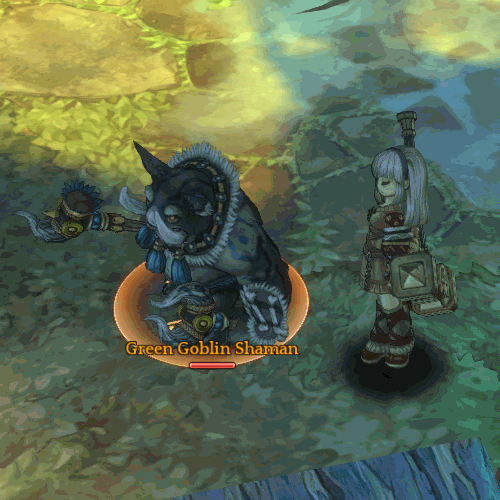

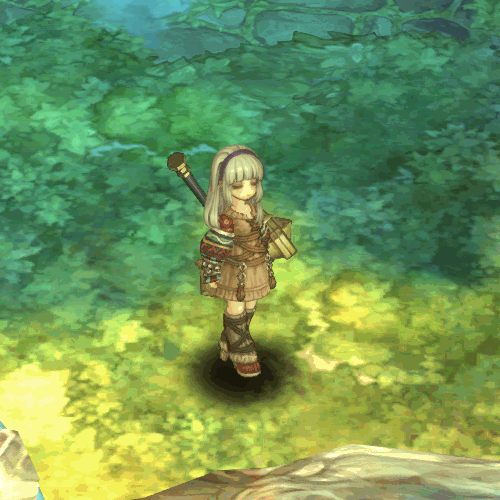





 ]
]













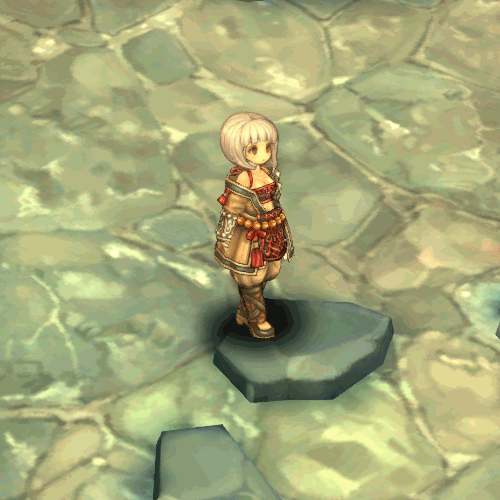
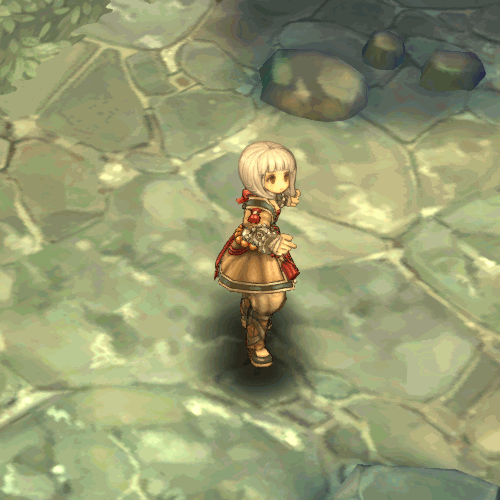
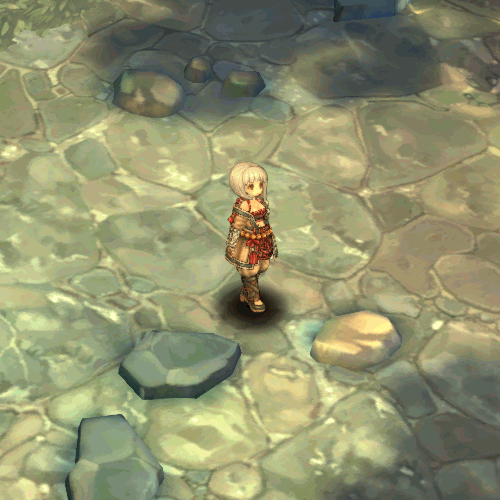






























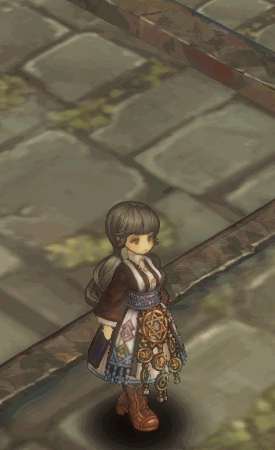




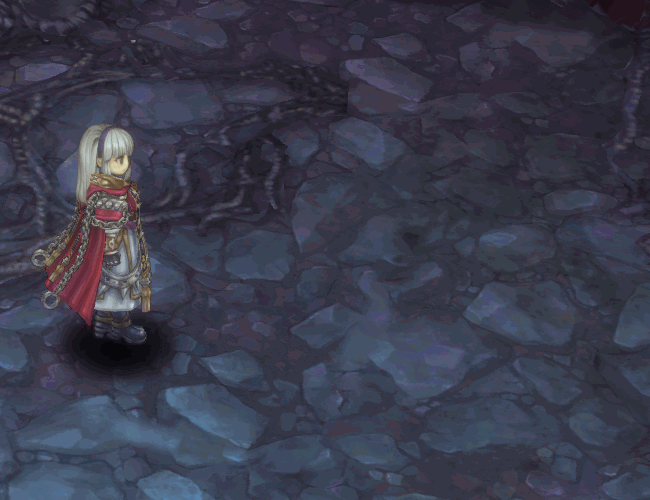

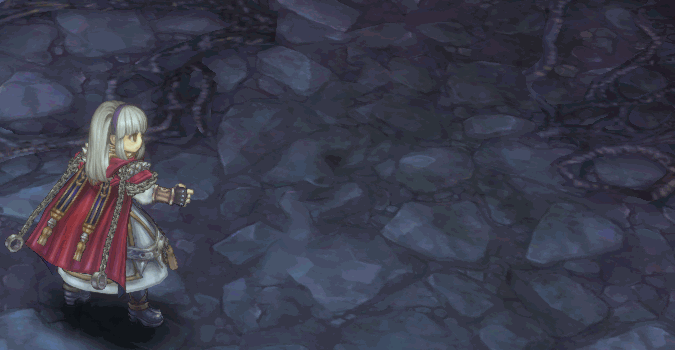

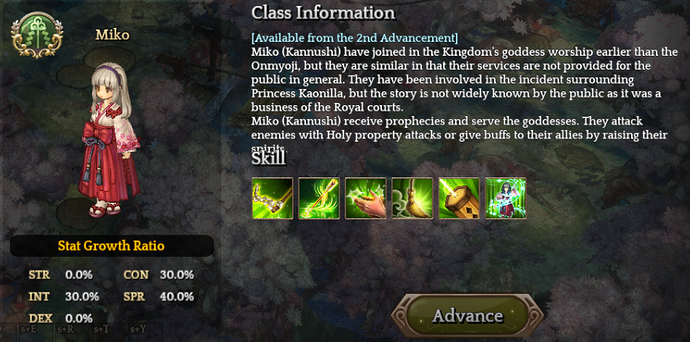














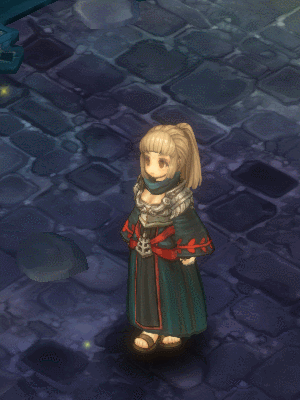


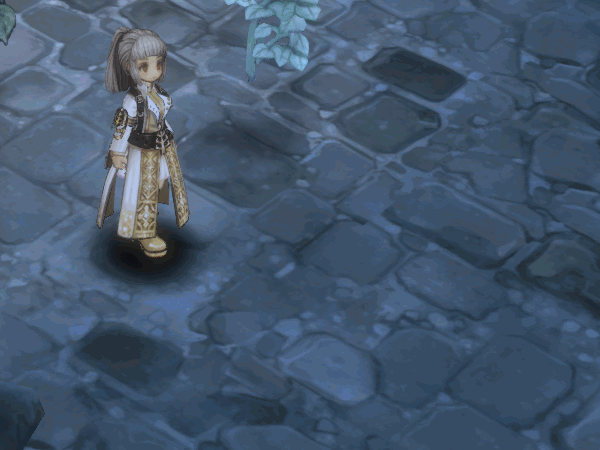






 )
)